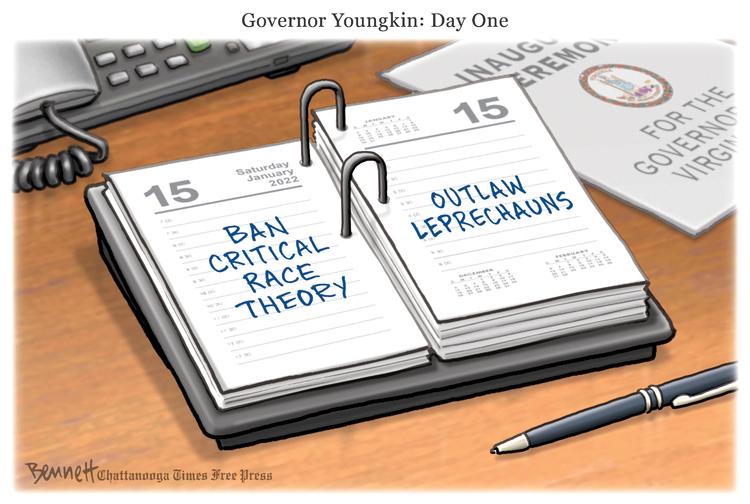In this country we call this day Veterans’ Day and take time to honor all those who have served or are serving in our armed forces. It was originally called Armistice Day which commemorated the cessation of fighting on the Western Front of World War I, which took effect at eleven o’clock in the morning—the “eleventh hour of the eleventh day of the eleventh month” of 1918. in much of Europe it is now called Remembrance Day.
On this day in 1918, the armistice between the Allies and Germany was signed in a railway carriage in Compiegne Forest.
In November 1918 the Engineer in charge of the North Region Railways: Arthur-Pierre Toubeau, was instructed to find a suitably discreet place which would accommodate two trains. By coincidence on the outskirts of Compiègne in the forest of Rethondes lay an artillery railway emplacement. Set deep within the wood and out of the view of the masses the location was ideal.
Early in the morning of the 8th November a train carrying Maréchal Ferdinand Foch, his staff and British officers arrived on the siding to the right, nearest the museum. The train formed a mobile headquarters for Foch, complete with a restaurant car and office.
At 0700 hours another train arrived on the left hand track. One of the carriages had been built for Napoleon III and still bore his coat of arms. Inside was a delegation from the German government seeking an armistice.
There were only a hundred metres between the two trains and the entire area was policed by gendarmes placed every 20 metres.
For three days the two parties discussed the terms of an armistice until at 0530 hours on the 11th November 1918, Matthias Erzberger the leader of the German delegation signed the Armistice document.
Within 6 hours the war would be over.
Initially the carriage (Wagon Lits Company car No. 2419D) used by Maréchal Foch was returned to its former duty as a restaurant car but was eventually placed in the courtyard of the Invalides in Paris.
An American: Arthur Fleming paid for its restoration, and the wagon was brought back to Rethondes on 8th April 1927 and placed in a purpose built shelter (Since destroyed).
Numerous artifacts were obtained from those who had been involved in 1918 and the car was refurbished to its condition at the time of the Armistice.
At the entrance to the avenue leading down to the memorial site is a monument raised by a public subscription organised by the newspaper Le Matin.
The monument is dedicated to Alsace Lorraine and consists of a bronze sculpture of a sword striking down the Imperial Eagle of Germany it is framed by sandstone from Alsace.
The Clairière was inaugurated on 11th November 1922 by President Millerand.








